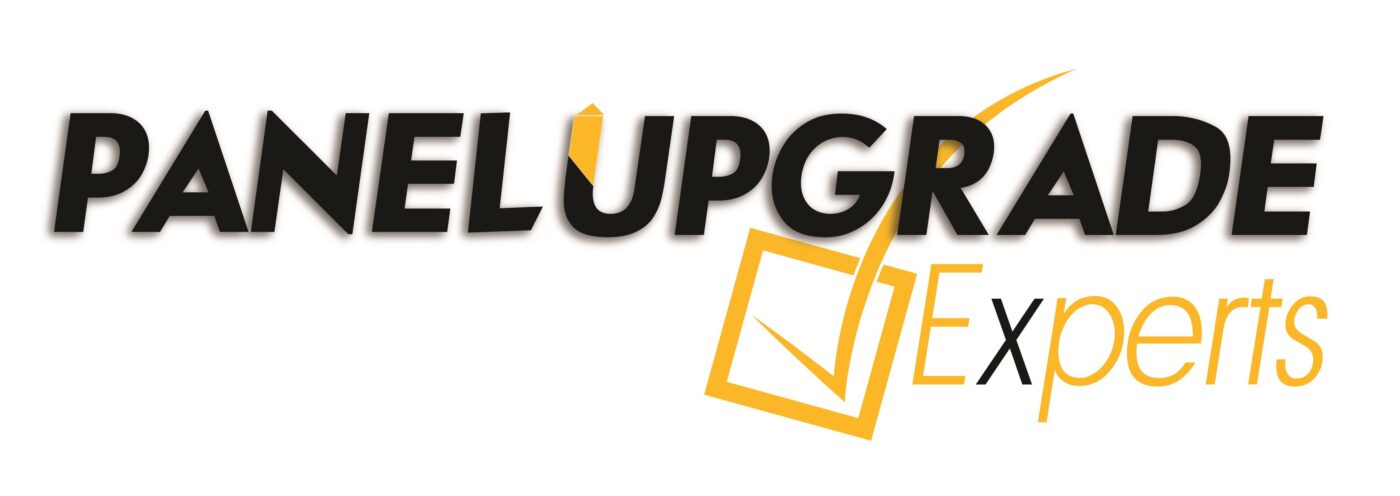Aluminum wiring was widely used in the sixties and seventies, it is still used today albeit on a much smaller scale. In a report published by the U.S. Consumer Product Safety Commission (CPSC), it is stated that homes that have aluminum wiring are 55 times more susceptible to fire hazards” than homes that have copper wiring. Generally, aluminum wiring is safe but few special arrangements are required to be carried out to completely eliminate risks.
Aluminum Vs Copper
Traditionally, Households used copper wiring for their electrical installation. But due to increasing copper prices, aluminum wiring was introduced as a cost-effective option. Structurally, copper is a better conductor than aluminum, and aluminum wiring degrades faster than copper. That’s why Aluminum wiring is made thicker than copper wiring to compensate for the issues mentioned above.
Malleable
Aluminum is a malleable soft metal. It is damaged easily during installation. There is a greater chance of damage when removing insulation from wires because aluminum wiring is scratched easily, which reduces its thickness and compromises its conduction capacity. When high current passes through this compromised portion of the wire then there is an increased chance of overheating and even fire. Higher ductility of aluminum causes it to break up easily during bending resulting in disconnection of power. If the wire is broken up partially then overheating occurs due to less area for current to pass through.
Thermal deformation
Aluminum is soft and easy to deform. When aluminum wiring is powered up and current starts flowing, it tends to heat up, and when power is turned off then it cools down again. Heating causes aluminum wiring to expand whereas cooling causes it to contract. Frequent expansion and contraction cause aluminum wiring to creep out from joints and contact point because overheating largely occurs at joints and contact points. This creeping out phenomenon results in loose connection and further overheating.
Corrosion
Oxidation layer forms on the surface of the metal when corrosion occurs. Corrosion on aluminum wiring is in the form of white oxide and it is not a good conductor of electricity. Over time corrosion is built-up and the oxidation layer thickens which inhibits the ability of aluminum wiring to conduct electricity efficiently. Galvanic corrosion is the process in which one metal corrodes faster than others. Galvanic corrosion is a problem in aluminum wiring if it is connected with copper wiring because aluminum will corrode faster than copper resulting in overheating and even loss of connection.
Vibrations
Electrons within a metal vibrate when electrical current passes through it. The extent of vibration is different for different metals. In aluminum, vibrations are more severe than in copper resulting in overheating, loosening of contact points and joints as well as breaking of connection.
Solution
Solutions to the problems faced by aluminum wiring include: using copper joints, using a short section of copper at the end of aluminum wires, using aluminum approved joints, screws and connectors. In joints and connections, the aluminum wire should be wound around a screw rather than pushed in because pushed in wires are more susceptible to rust.
